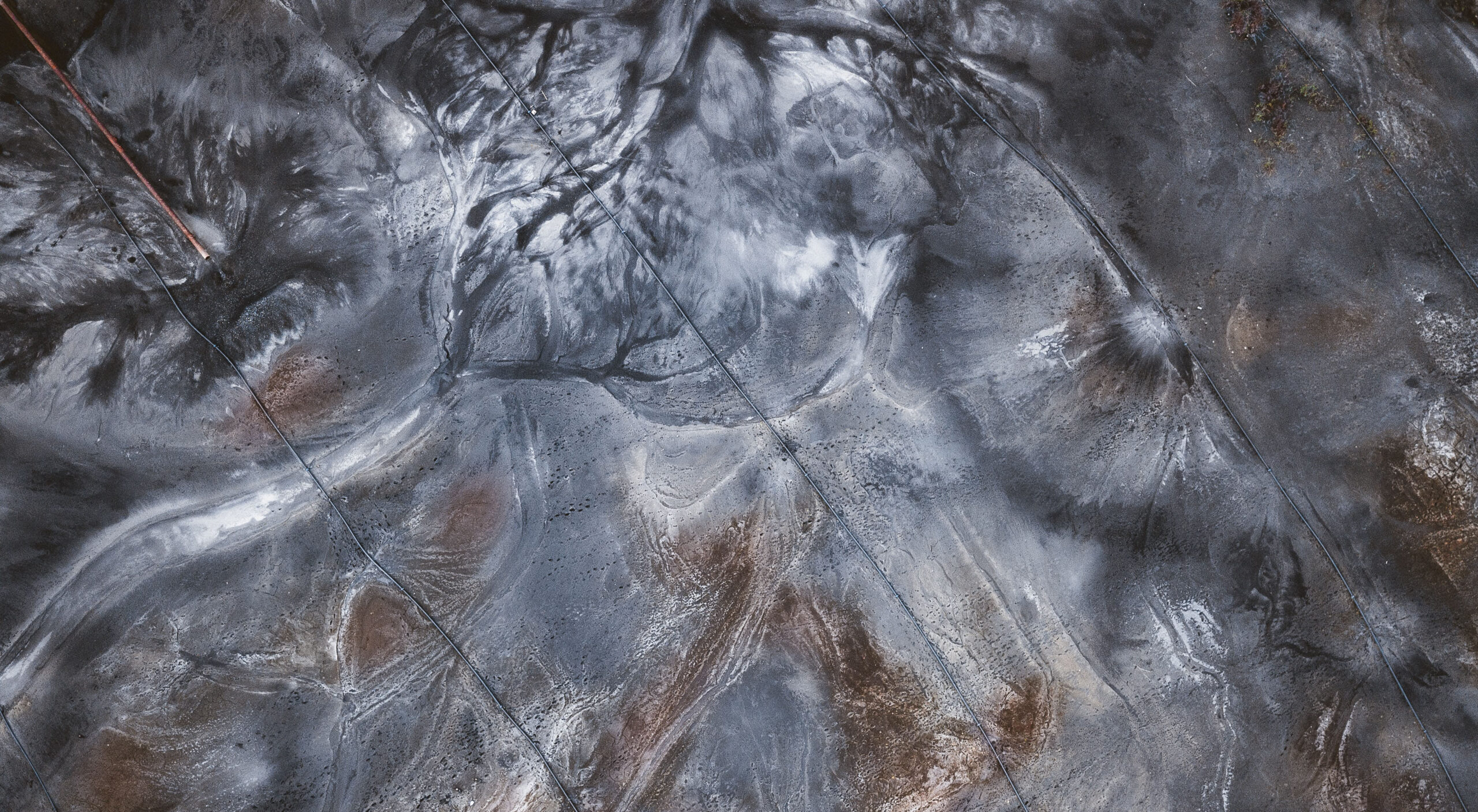Part IV: Minnesota Pollution Control Agency Issues a Comprehensive Draft PFAS Solid and Hazardous Waste Monitoring Program

*This article was updated on Dec. 15, 2021 to include the MPCA deadline extension to Jan. 21, 2022 for comments on the plan.
On Nov. 16, 2021, the Minnesota Pollution Control Agency (MPCA) released a Draft PFAS Monitoring Plan. This plan would require certain solid and hazardous waste facilities to monitor and report per- and polyfluoroalkyl substances (PFAS) in their facilities. The MPCA is seeking comments on the plan through Jan. 21, 2022, and plans to implement it beginning in early 2022.
The MPCA regulates and manages solid and hazardous waste in Minnesota under its general authority to impose requirements on facilities to protect water, air, and soil quality under Minn. Stat. § 115.03 and Minn. Stat. § 116.07, particularly as implemented on solid waste and hazardous waste facilities through Minn. R. ch. 7035 and Minn. R. ch. 7001, and on hazardous waste facilities through Minn. R. ch. 7045. In the plan, the MPCA identifies the types of facilities that will be asked to monitor for PFAS, including certain hazardous waste, solid waste, demolition debris, ash, and compost facilities.
Certain sites may not be required to sample, including:
- Transfer facilities as defined by Minn. R. 7035.0300, subp. 111.
- Permit-by-rule facilities as described in Minn. R. 7001.3050, subp. 3.
- Recycling facilities as defined by Minn. R. 7035.0300, subp. 88.
- Yard waste compost facilities as described in Minn. R. 7035.2836.
- Anaerobic digestion facilities, which can be categorized as fuel conversion facilities described in Minn. R. 4410.4300, subp.5.
For solid waste facilities with leachate or contact water collection, MPCA will request PFAS monitoring of leachate or contact water be initially conducted to determine whether there is a risk of PFAS contamination to either surface water or groundwater from the facility. For solid waste facilities that do not collect leachate or contact water, PFAS monitoring in groundwater may be necessary to identify any impacts from the facility.
To implement PFAS monitoring, the MPCA will request the above-detailed monitoring of facilities via letters sent electronically. Monitoring will be phased in based on potential risk posed by facilities, starting at facilities that appear to pose the highest potential risk of PFAS environmental release.
Hazardous waste landfills will be prioritized under the plan with initial notifications anticipated in 2022 after the plan is finalized. The other facility types will be notified after the hazardous waste landfills have been contacted.
In This Article
You May Also Like
Navigating California’s Groundbreaking Climate Laws: What Out-of-State Businesses Need to Know EPA Moves to Vacate All Drinking Water Standards for PFAS Other Than PFOA and PFOS